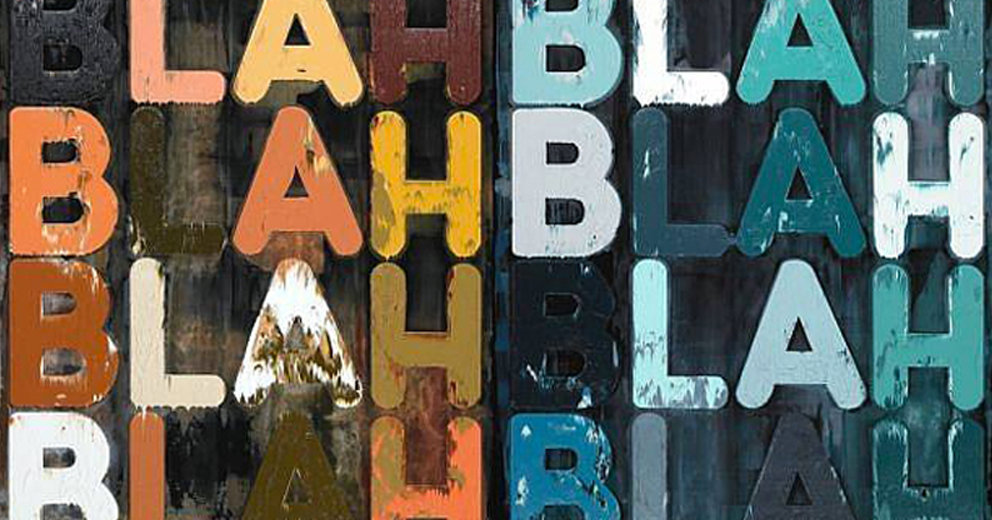It's easy to list all of the reasons we don’t like things. It’s too dark, too spicy, has a terrible ending or too many metaphors. If the creator is in the room, we’ll step back and let them consider the marvel of our observational skills. If the creator isn’t in the room we might follow with something like, “That’s not how I would’ve done it…” Anyone can say what isn't working. It takes someone special to suggest a solution.
Creators, ask critics how to fix the problem they identified. This will distinguish between the talkers and doers.
The people worth listening to can offer suggestions or admit they don't have an answer. Invite the doers into your super team because they’ll help you become better at making things. Talkers, well, you can’t please everyone. But if the talkers reach a critical mass maybe they have a point worth paying attention to.






